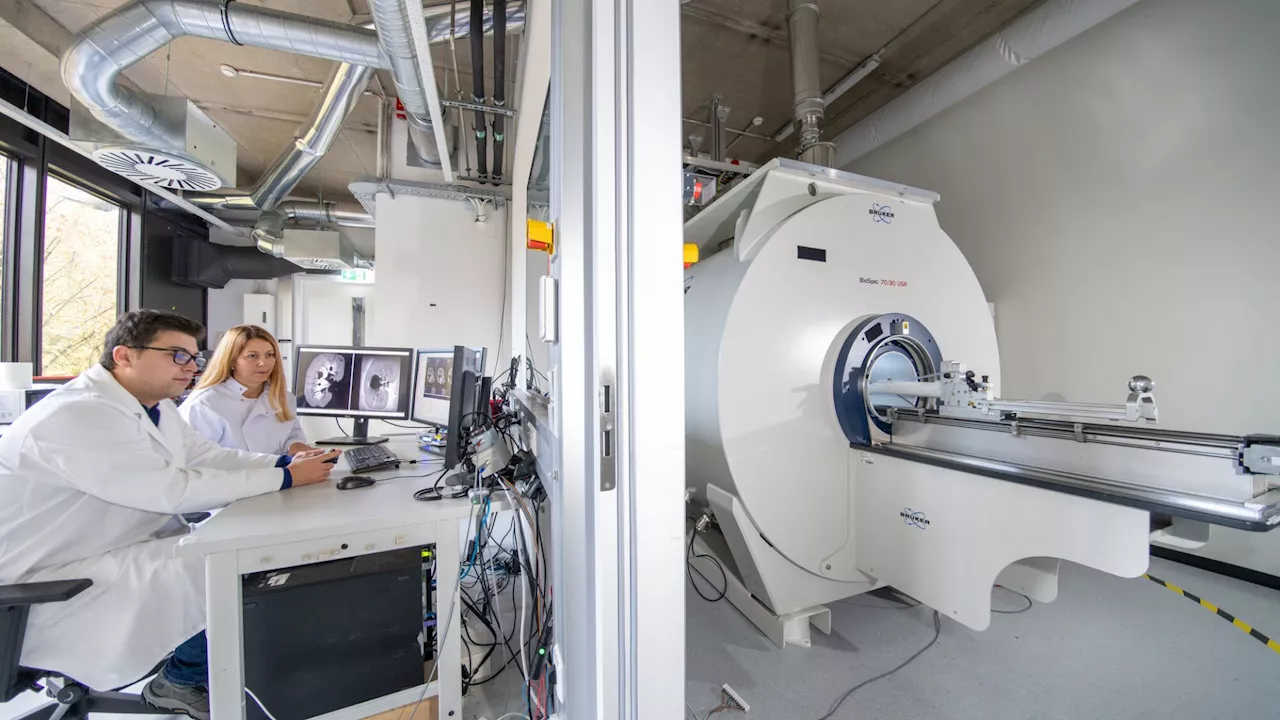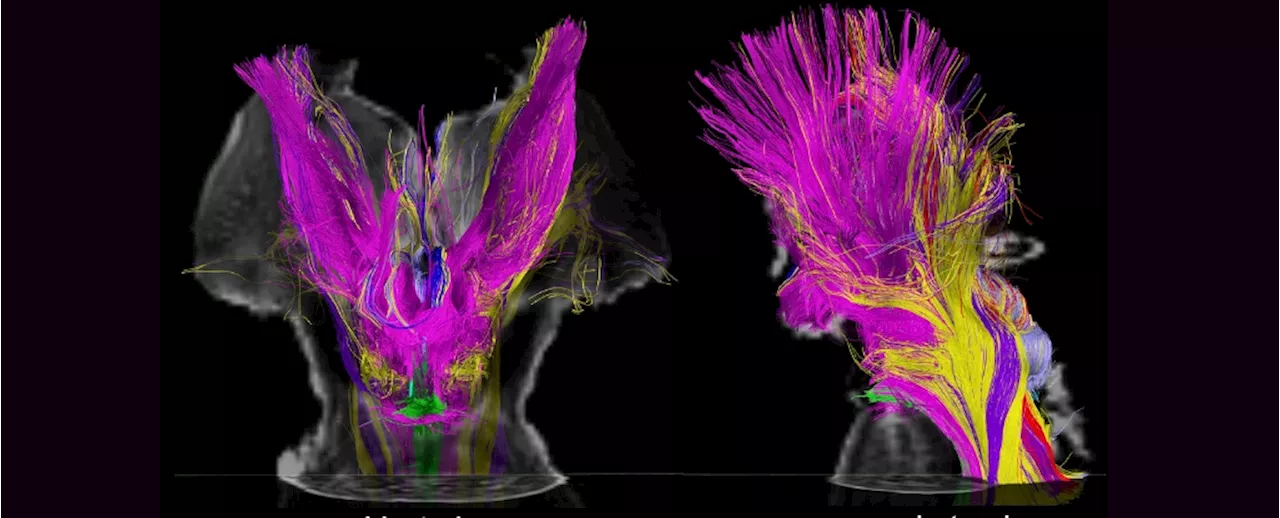A new prototype sensor is capable of detecting errors in MRI scans using laser light and gas. The new sensor can thereby do what is impossible for current electrical sensors -- and hopefully pave the way for MRI scans that are better, cheaper and faster.
Hvidovre Hospital has the world's first prototype of a sensor capable of detecting errors in MRI scans using laser light and gas. The new sensor, developed by a young researcher at the University of Copenhagen and Hvidovre Hospital, can thereby do what is impossible for current electrical sensors -- and hopefully pave the way for MRI scans that are better, cheaper and faster.
There are also special scanning methods, which unfortunately cannot be done in practice today. Among them, so-called spiral sequences that could reduce scanning time, e.g., when diagnosing blood clots, sclerosis and tumors. Spiral sequences would also be an attractive tool in MRI research, where, among other things, they could provide researchers and health professionals with new knowledge about brain diseases.
"An MRI scanner can already produce incredible images if one takes their time. But with the help of my sensor, it is imaginable to use the same amount of time to produce even better imagery -- or spend less time and still get the same quality as today. A third scenario could be to build a cheaper scanner that, despite a few errors, could still deliver decent image quality with the help of my sensor," says the researcher.
As disturbances in an MRI scanner's ultra-powerful magnetic field occur, Hans Stærkind's prototype maps where in the magnetic field they are occurring and by what strength the field has changed. In the near future, this could mean that disturbed and faulty images could be corrected -- based on the data collected by the sensors, and subsequently made accurate and entirely usable.
According to Stærkind, the immediate target group for his sensor are MRI research units. But he also hopes that one of the large MRI manufacturers finds out about the new technology, in the slightly longer term. Within an MRI scanner, there are a number of other electromagnets that can be used to control the magnetic field, so that you can look into specific parts of the body and do so from different angles.
Laser light inside the sensors with certain light frequencies passes through a small glass container with cesium gas.
Medical Devices Today's Healthcare Mental Health Research Medical Technology Optics Detectors Physics
United Kingdom Latest News, United Kingdom Headlines
Similar News:You can also read news stories similar to this one that we have collected from other news sources.
 Mama's Day tasting event returns with new leader, new location and new dateNow in its 33rd year, the annual food event raises money for Mama's Kitchen charity, which provides home-delivered meals to critically ill San Diegans
Mama's Day tasting event returns with new leader, new location and new dateNow in its 33rd year, the annual food event raises money for Mama's Kitchen charity, which provides home-delivered meals to critically ill San Diegans
Read more »
 ‘New energy, new era’: Texans unveiling new uniforms ahead of NFL DraftTexans to unveil four new uniforms April 23 at reveal party
‘New energy, new era’: Texans unveiling new uniforms ahead of NFL DraftTexans to unveil four new uniforms April 23 at reveal party
Read more »
 Texans unveil new uniforms, helmets: ‘New energy, new era’Texans roll out new uniforms
Texans unveil new uniforms, helmets: ‘New energy, new era’Texans roll out new uniforms
Read more »
 Diamond dust shines bright: A safer contrast agent for MRI scansNanoscale diamonds unexpectedly shine brighter in MRI scans, sparking research into their potential as a novel contrast agent.
Diamond dust shines bright: A safer contrast agent for MRI scansNanoscale diamonds unexpectedly shine brighter in MRI scans, sparking research into their potential as a novel contrast agent.
Read more »
 On MRI Scans, Scientists Find What Could Explain Altered States of ConsciousnessThe Best in Science News and Amazing Breakthroughs
On MRI Scans, Scientists Find What Could Explain Altered States of ConsciousnessThe Best in Science News and Amazing Breakthroughs
Read more »
 Researcher creates optical magnetometer prototype that detects errors in MRI scansHvidovre Hospital has the world's first prototype of a sensor capable of detecting errors in MRI scans using laser light and gas.
Researcher creates optical magnetometer prototype that detects errors in MRI scansHvidovre Hospital has the world's first prototype of a sensor capable of detecting errors in MRI scans using laser light and gas.
Read more »
